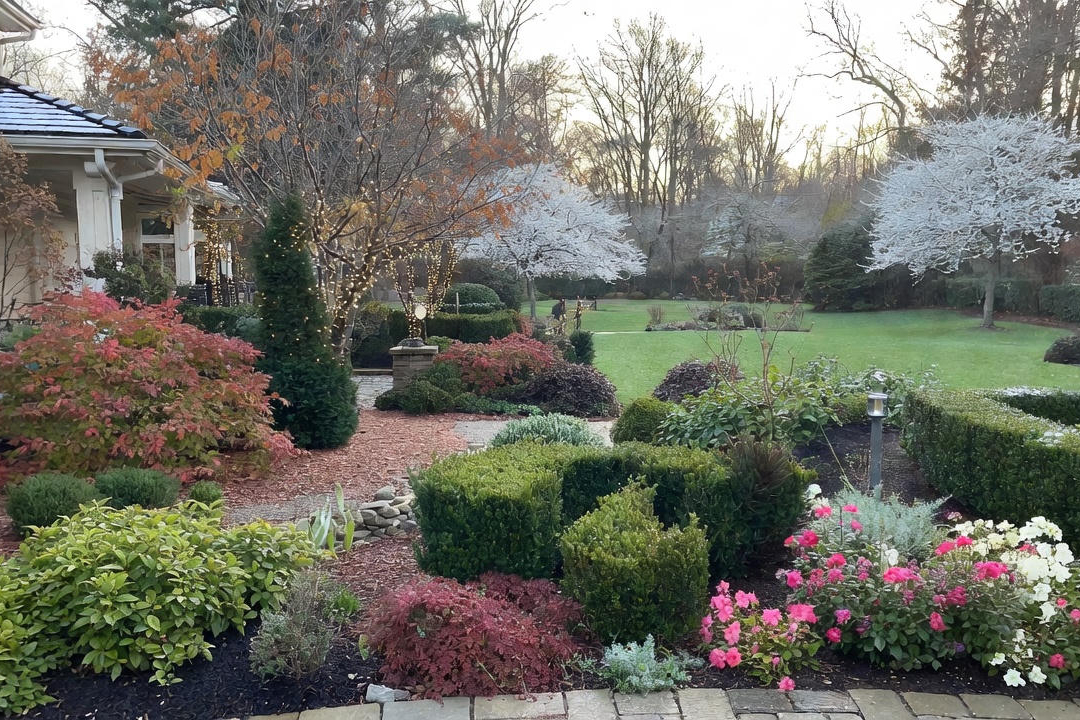
Trees. What starts as a small tree grows into a giant monolith in the landscape, which makes placing a tree in its permanent spot so very important; if we plant in the wrong spot, the tree will be dangerous to a home and garden with both top and roots quickly over-growing their bounds and possibly causing extensive home and underground pipe repairs.
What Type of Tree Works for Your Landscape?
Selecting a tree for the appropriate planting conditions is critical for safety and the tree's success. Make sure that the tree’s needs such as sun, drainage, and soil requirements are met. For example, planting a tree that loves wet weather and snow in a desert region is asking for failure to occur. Planting a tree that requires full shade in a full sun planting spot will reduce the tree's chances of survival. Review the specific needs for the type tree you want to plant and select a site accordingly.
Measure Twice, Plant a Tree Once
Depending upon the size of the tree, it is important to plant a tree at least 15 to 30 feet away from your home and away from other trees. This is not only because of the top foliage, but is in consideration of a tree’s root structure, which can grow three times as large as its top foliage. Tree placement is about understanding the full grown size of the tree and placing it in a way where it will not overgrow in its lifetime.
Avoid planting trees in straight lines unless they might be lining a drive or parkway, as natural spacing is more attractive. Try to find trees that have deeper roots as those that are shallow can easily lift sidewalks, patios, and other structures. Avoid planting trees beneath utility lines or on the border of your property as once the tree grows to its full height, it might be pruned mercilessly by the city or other property owners in these positions.


Types of Tree Shapes for Planting
There are so many types of trees; hundreds to choose from for a homeowner’s property. Picking the right type of tree for the right spot is worth researching in order to choose wisely. There are three key types of trees:
- Ornamental or Understory Trees - These trees are smaller in size and excellent to anchor flower beds or wooded gardens. They can be planted closer to the home as they generally have smaller root systems.
- Evergreen Trees – Evergreen trees are often utilized as windbreaks or as property line markers. They can be extremely ornamental. Evergreens generally grow very large unless it is a dwarf variety you are considering, so be aware of its full size and keep the trees away from buildings, driveways, and patios where the plant can overgrow.
- Shade Trees – Trees which are used for shade can be enormous. While they are excellent energy savers when used to shade a home or business, it is incredibly important to make sure that the tree is planted well away from structures for fear that the root systems will grow into plumbing and the foliage and limbs might drop in heavy storms.
Whether you choose a small tree or a large tree, there is a tree for every budget and design aesthetic. Use iScape to help you decide what works best in a landscape area. Simply load an image of the landscape into the app, then add trees in appropriate placement areas to see how a full-grown tree will fit.
Download iScape now and find designs that can impact your outdoor living space with beauty and presence. iScape it!




ds.jpg)
.jpg)
